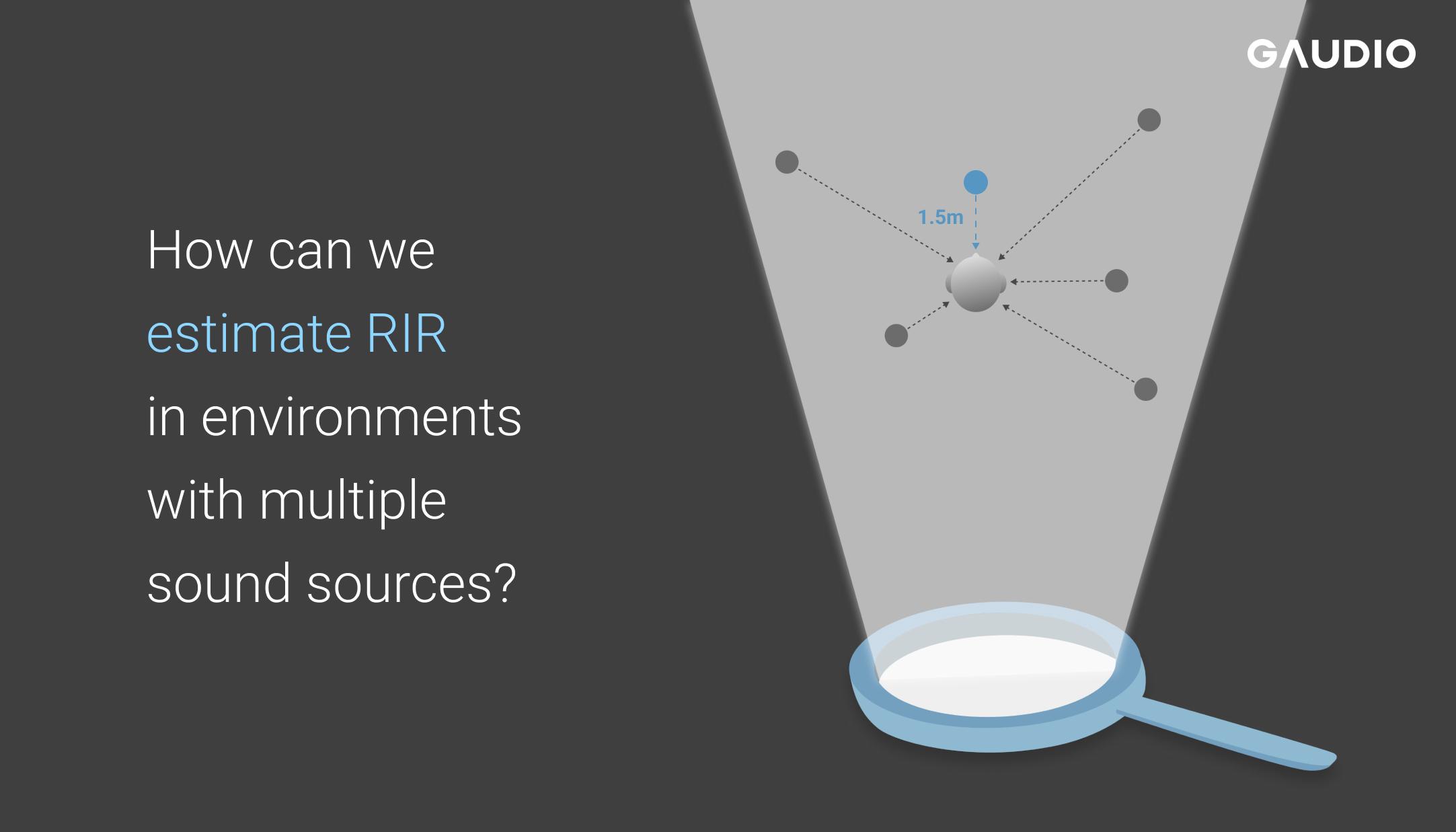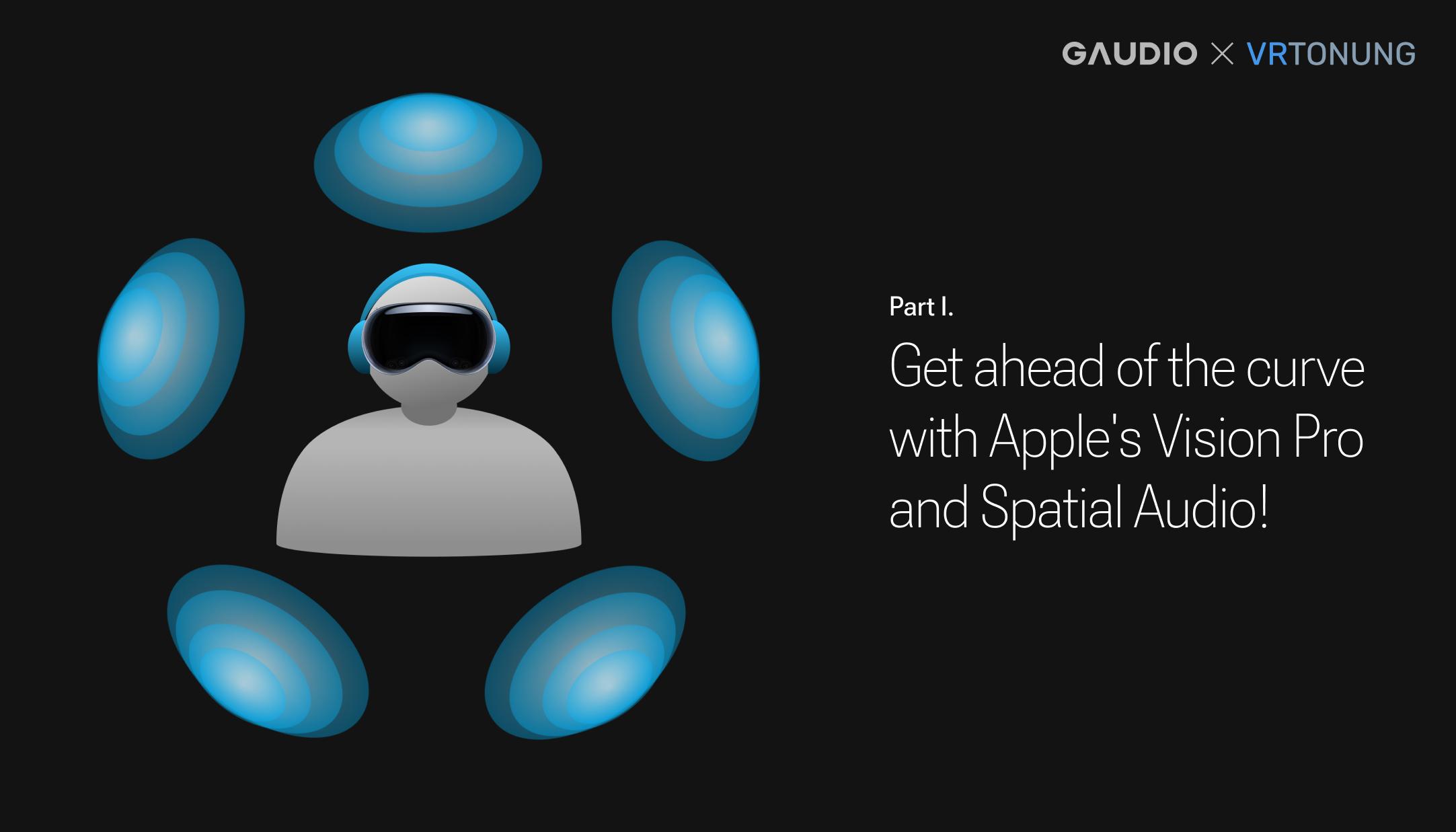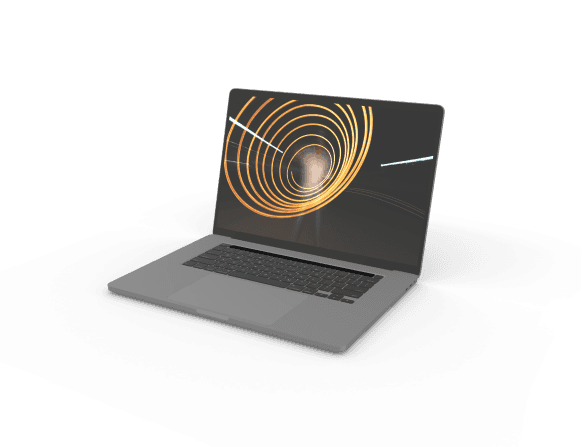Introducing the first audiobook featuring sound created by AI! Wait, are you telling me AI made this
Looking for that perfect sound? AI can now create it for you!
Hi, I'm Bright, a sound engineer at Gaudio Lab 🌟!
For sound engineers who need to produce a range of sounds, creating sound effects is often a tedious job that can eat up nearly a third of the workday. It’s like searching for a needle in a haystack—or in our case, trying to find a “warm iced coffee” or a design that’s both modern and classic. The odds of finding the ideal sound with just one search are pretty low.
So, people like me, let’s call us “sound nomads,” used to spend our days digging through extensive sound libraries to find the right effect for each scene. But that was then, and this is now.
In this age of advanced AI like ChatGPT, we asked ourselves, “Why can’t AI generate sound?”
Now, we’re thrilled to introduce Generative Sound AI FALL-E! (*applause* 👏🏻)
And guess what? This year, FALL-E’s creations were featured in an audiobook for the first time. Curious about how that happened?
Introducing the first audiobook enhanced with sound effects created by generative AI!
Gaudio Lab is providing its technology to a special summer thriller collection called <Incident Reports>. The audiobook is already making waves, especially since it’s directed by Kang Soo-Jin, a famous voice actor known for iconic roles like Detective Conan and Sakuragi Hanamichi from the Slam Dunk series. We’ve used Gaudio Lab’s spatial audio tech to really bring out the thriller vibes, and reviews say it makes the experience super immersive and real. (I can’t help but be proud, I worked on this!)
But here’s the twist: this year’s <Incident Reports> doesn’t just feature Gaudio Lab’s audio technology. We’ve also thrown in sound effects generated by FALL-E, a state-of-the-art sound AI. That makes it the very first audiobook to use AI-produced sound effects!
Even as a seasoned sound engineer, I was amazed by the sound quality that the AI managed to deliver. I found myself wondering, “Can these AI-created sounds really match up to recorded ones?” And you know what? They absolutely can.
Curious? Want to hear for yourself?
(Here are some generated sounds of thunder and lightning, for example.)
What did you think? I have to say, I was completely blown away when I first listened to the sample. Honestly, as a sound engineer, the thought of AI creating sounds had me a bit concerned about the potential quality. But you’ve heard it yourself, right? It delivers such high quality sound that you can’t tell the difference from real recordings. And what sets FALL-E apart is its ability to create just about any sound, unlike other generative AIs that are limited to certain noises. (And can you believe it was developed with over 100,000 hours of training data?)
Don't miss behind-the-scenes video!
Let me dive a bit deeper into the <Incident Reports> for you. (And don’t miss the behind-the-scenes details in the above video!)
Taking the piece titled <Baeksi (白視) - The End of the Snowstorm> as an example from this project, the narrative unfolds on a snowy mountain in the middle of a ferocious blizzard. Now, within this setting, you’ve got several elements, or let’s call them sound objects, like snow plows, the blizzard, and avalanches making an appearance. Under normal circumstances, I would’ve been searching libraries and comparing tons of sounds, spending counless hours to match these elements. Also, sounds of a snow plow or an avalanche aren’t something you come across every day, so creating these noises would have been quite difficult. I would likely have been digging through sound effect libraries and possibly blending various sounds from different sources to get it just right.
However, when I gave FALL-E a prompt to generate these sounds, it managed to create these sound effects for me.
Creating Unique Sounds with Generative AI
Using FALL-E, a generative AI model, we can craft brand new sounds just by entering a simple prompt. It’s not only saved me a massive amount of time (no more sifting through libraries for that perfect sound!), but it also generates a unique sound every time, helping me create that one sound in the world I’ve always wanted.
I have a soft spot for the sound of rain, and I’ve actually created several different versions of my favorite rain sounds. Want to hear how they change with each new prompt during the generation process? Give this a listen:
Wrapping up...
While working on sound projects, I find myself chatting with FALL-E, a remarkable AI that generates sounds, instead of spending tedious hours of mouse clicks searching through sound effect libraries. It’s honestly quite surprising to be living in this day and age, an idea I only dreamed about during my early days as a sound engineer. I’ve always hoped for a tool that would let me create the exact sounds I imagined instantly with each project.
Currently, as a sound engineer at Gaudio Lab, I’m bubbling with excitement every day, always looking forward to the day when many more people will get to experience FALL-E. ☺️ And don’t worry, we are constantly working on and refining FALL-E to make it even better for everyone. Hang tight, we’re excited to share it with you all very soon!


